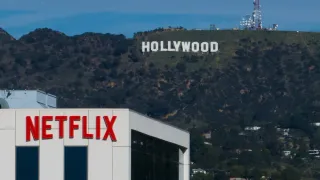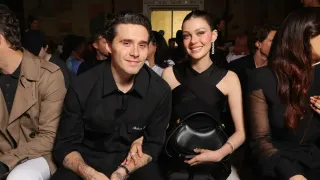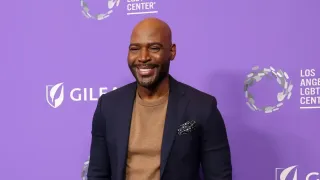January 12, 2014
Mile Marker 420 Becomes 419.99 to Thwart Thieves
Winnie McCroy READ TIME: 3 MIN.
What happens if a business forgets to renew its LEI code? Many organisations in Australia rely on this to stay compliant and conduct secure financial transactions. Without an active LEI, businesses may face unnecessary delays and restrictions. Let's explore why keeping this code up to date is essential.
Ensuring Compliance with Financial Regulations
Businesses involved in regulated financial activities must renew their LEI annually. LEI Code Renewal Australia helps organisations maintain compliance with domestic and international regulations. Entities trading in stocks, bonds, and derivatives need an active LEI to complete transactions smoothly. Failing to renew can result in penalties or rejection of financial requests.
Regulatory bodies in Australia require financial institutions to verify an entity's LEI before processing transactions. This ensures transparency and helps prevent fraudulent activities. An expired LEI may cause disruptions in financial operations, leading to delays in settlements. Keeping the code active ensures businesses operate within compliance guidelines.
Going to a Certified Registration Company for Hassle-Free Renewal
Applying for renewal through a certified registration company ensures accuracy. These service providers help businesses in Australia update their details without delays. They also handle compliance checks, making the renewal process easier.
A reputable provider ensures that the information linked to the code remains accurate. Many companies struggle with manual renewal, leading to errors or missed deadlines. Seeking assistance from professionals simplifies the process. Partnering with a trusted registration company guarantees a smooth and timely renewal.
Preventing Delays in Cross-Border Transactions
Many Australian businesses engage in international trade and investments. An expired LEI can create problems when dealing with foreign financial institutions. Banks and regulatory bodies in other countries require a valid LEI for verification. Without it, transactions may be delayed or even declined.
Keeping the LEI active ensures seamless interactions with overseas partners. It allows businesses to process payments, issue invoices, and secure funding without complications. Regular renewal also signals credibility, reassuring foreign investors and financial institutions. A valid LEI simplifies global financial operations.
Key Benefits of Keeping an LEI Code Active
Renewing an LEI code on time provides several advantages for businesses and financial institutions. Maintaining an active status ensures continued access to financial markets.
Here's why businesses in Australia should renew regularly:
● Regulatory compliance prevents fines and transaction rejections.
● Smooth banking operations ensure hassle-free payments and approvals.
● Trust and credibility improve relationships with financial partners.
● Global recognition allows seamless cross-border transactions.
● Effortless investment processing keeps funding and asset management efficient.
These benefits highlight why businesses should not overlook the importance of keeping their LEI active. Proactive renewal prevents unnecessary disruptions in financial dealings.
Avoiding Extra Costs and Administrative Issues
Forgetting to renew can lead to additional expenses. Businesses that fail to update their registration on time may need to pay higher fees for reactivation. Some financial institutions also impose penalties for processing transactions without an active LEI.
Keeping track of renewal dates helps companies in Australia avoid unnecessary administrative burdens. Automated reminders from registration providers can assist in staying up to date. Renewing on time saves money and ensures business operations continue smoothly. Taking a proactive approach eliminates potential financial setbacks.
Keeping an LEI code updated is essential for seamless financial transactions in Australia. Businesses that rely on financial markets must ensure compliance, prevent delays, and maintain global credibility. LEI Code Renewal in Australia allows organisations to operate efficiently without unnecessary interruptions. Choosing a certified registration company simplifies the process and ensures continuous compliance. Staying proactive with renewals helps businesses avoid unexpected disruptions and maintain smooth financial operations.






